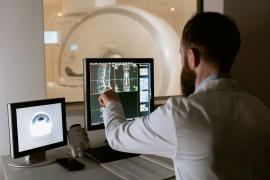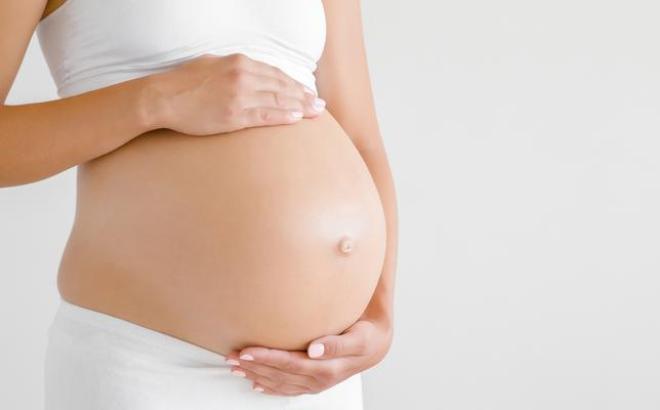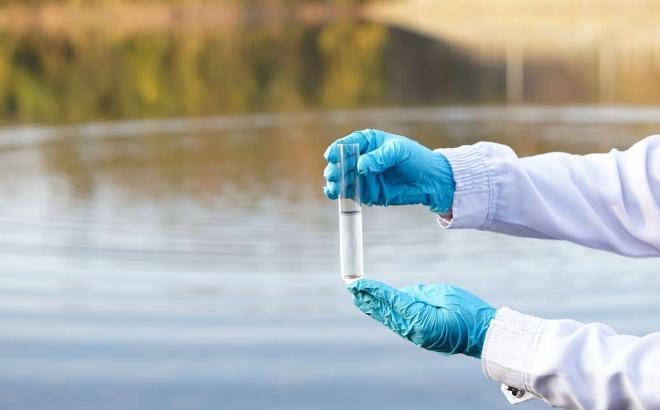A new method of selecting animal bones for testing of orthopaedic screws
The increasing number of bone fractures in old age is causing more orthopaedic prostheses implanted. The metal screws that are currently used to fix implants are prone to complications. Orthopaedic screws need to be tested for their holding capacity before using them in humans.

The use of human bone for these tests is quite difficult as sufficient human bone is not always available for testing purposes. Synthetic bone analogues based on PU foam cannot correctly reproduce all the properties of human bone and are therefore not an ideal test medium and they are expensive. Animal bones offer a possibility to test the mechanical properties of the implanted bone screws, but there is a lack of a standard procedure for selecting suitable animal bones (selection of animal species and which kind of bones of the animal).
A research team from the Department of Biomechanics with Univ.-Prof. DI Dr. Dieter Pahr, DI Dr. Andreas Reisinger and Juan Diego Silva Henao, MSc has developed a method for selecting suitable animal bones for mechanical screw testing in cooperation with the Vienna University of Technology. For this purpose, local morphological values of real screw implantation sites were determined on 36 human forearm bones at 10 sites each and compared with bone characteristics of pig and sheep bones. The research group calculated a bone similarity score from several parameters of bone mechanics, such as the thickness of bone layers. A resulting colour map marks "human-like" regions, i.e. regions on the animal bone that morphologically show the least difference to human bones and are therefore optimal for testing the holding capacity of orthopaedic screws. The paper published in the journal "Medical Engineering and Physics" describes for the first time a protocol for the standardised selection of animal bone samples. Until now, no comparable methodology was known.
The study was conducted as part of the projects "Failure criterion for bone screws" (Science Call Dissertation 2019) and "OsteoScrew - A morphology based failure criterion for implanted bone screws" (Life Science Call 2017) funded by the Society for Research Promotion Lower Austria (GFF NÖ). The publication is freely available to everyone under KL's open access agreement with the publisher Elsevier.
Originalpublication:SILVA-HENAO, J. D., SYNEK, A., PAHR, D. H. & REISINGER, A. G. 2022. Selection of animal bone surrogate samples for orthopaedic screw testing based on human radius CT-derived bone morphology. Medical Engineering and Physics, 103, 103786.10.1016/j.medengphy.2022.103786




